Having new software and technology is one of the best ways to keep your organization up-to–date and secure. It can help to alleviate problems within your network, as well as better protect systems from hackers. With up-to-date software, your organization can continue running smoothly, efficiently, and safely. Some organizations continue to rely on “legacy” systems. While they may get the job done, they may not be as efficient and what’s worse, often come with an abundance of security vulnerabilities.
What Is Legacy Software?
In the tech world, the term “legacy software” refers to old applications, software, and other technologies that are outdated but still in use. These systems can typically still function and do what they’re supposed to do, more or less. However, since they were designed to meet standards that are now outdated, they can’t operate the same way as newer technologies. While legacy software can sometimes suffice for certain company needs, there are a lot of risks associated with using it. It’s best to keep these systems up to date but the reasoning of those on the outside (meaning those that don’t work in IT) often tends to be: “If something does what it’s supposed to, why change it?” And even more importantly, what’s the right way to keep these systems, softwares, applications, and other technologies up to date?
Why Do Updates Matter?
Systems that are operating on legacy software have not been updated in a long time. But why does that matter? What do updates actually do? Most commonly, users will update their devices, like cell phones and computers, to be running on the latest technologies that their respective systems offer. What’s contained in an update can vary. An update can include new features that are visible to most people, like changes in the UI (user interface) but beyond these changes, updates also include bug fixes, and far more importantly, security patches.
“Patches are software and operating system (OS) updates that address security vulnerabilities within a program or product. Software vendors may choose to release updates to fix performance bugs, as well as to provide enhanced security features.” —CISA
Generally, by failing to update systems, they fall out of date and fail to reach current industry and cybersecurity standards. What makes legacy software “legacy,” is this:
- The program or software has been discontinued
- The program or software is no longer supported by the manufacturer
- The program or software has no available updates and will never receive updates again
- Therefore, no new security patches will be released again
As products and software grow in popularity and use, some issues may arise that weren’t evident before the technology was released. Updates are a way to patch these software flaws and vulnerabilities that could pose a risk to your system. If not updated at all, or especially for a long period of time, many potential threats will go unpatched. Hackers are more likely to attack vulnerable systems with precisely these types of security holes. Why? Hackers consider them an easy target. Frequently updating your software is one of the best ways to prevent cyberattacks and keep your network safe.
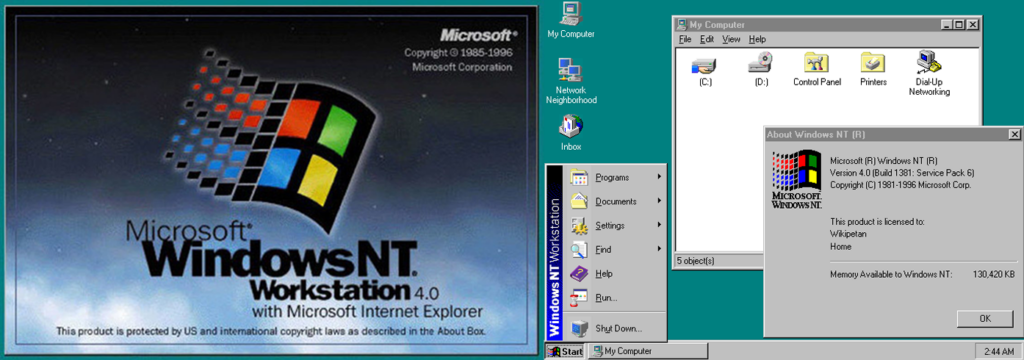
The Real Problem With Legacy Software
The problem with legacy software often is that while it can still in fact be operational, it’s no longer prioritized by the manufacturer, if at all. That means anyone using it doesn’t get the support that software requires to run correctly and even securely. Oftentimes, companies will prioritize newer versions of software, or new software all together, meaning no updates for legacy software; legacy software has been left in the dust. Updates are meant to improve security, fix any bugs, and keep systems working effectively. When software loses this, it puts the system at risk. Hacking is so much easier on vulnerable systems.
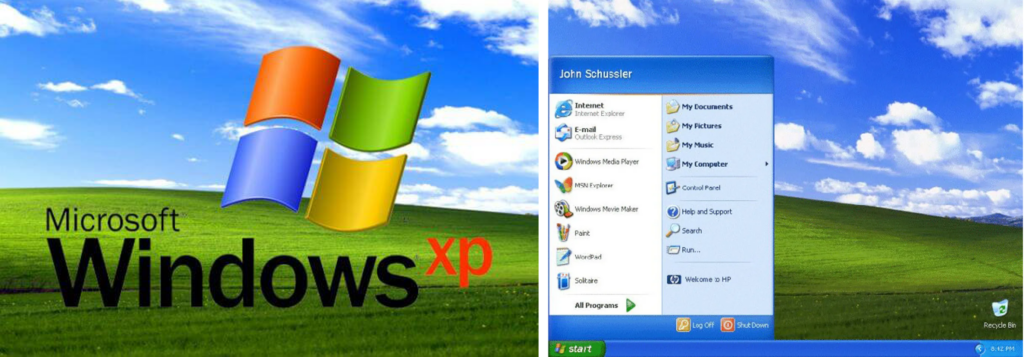
Additionally, data loss becomes a huge threat with legacy software as well. Employees cannot work as efficiently, as the system may crash often, fail to save new information or begin to operate more slowly. While it might be impressive that a software can last and remain useful for multiple decades, the issues that come with legacy software undoubtedly outweigh the benefits. And consider this: legacy software isn’t like old gym equipment, that might be a bolt or simple hardware replaced every now and then. Technology is virtual, abstract and constantly changing. That’s what makes operating old and discontinued software so risky.
Additional Risks of Outdated Software
Beyond security risks, outdated software can create a lot of problems for businesses.
Data Loss
Due to the lack of reliability of older software, data loss is even easier and since it’s no longer supported, it may lack the modern day technologies that would make backups and recovery easier. It might be near impossible to recover lost data.
Less Customer Support
As systems become more outdated, there is less help available to users. More often than not, companies may actually stop supporting older technologies altogether. So with older software, there comes the risk of having less customer support. If an issue arises with the software, it might be difficult or impossible to get the right type of help if your business runs into issues with old legacy software. If the business operates using the software then the entire operation can come to a grinding halt.
Lack of Productivity
Legacy software might get the job done but it’ll likely operate more slowly and not as efficiently as newer systems would. This corresponds with less productivity for your business. To stay more efficient and make sure systems always run smoothly, it’s wise to keep softwares up to date. When this isn’t possible because you’re using legacy software—simply put, it may be time for an upgrade.
Technology Standards
The tech industry is constantly changing. To adhere to technological standards, updated software is always best and in certain industries, having outdated software could even violate compliance regulations. This could mean big legal trouble, paired with hefty fines and consequences.
Cyberattacks
Cyberattacks are becoming a huge threat to countless industries. One single mistake could result in a myriad of issues: data breaches, data loss, ransomware and more. Protecting your cybersecurity is one of the most important things to do to keep your business, clients, and employees safe.

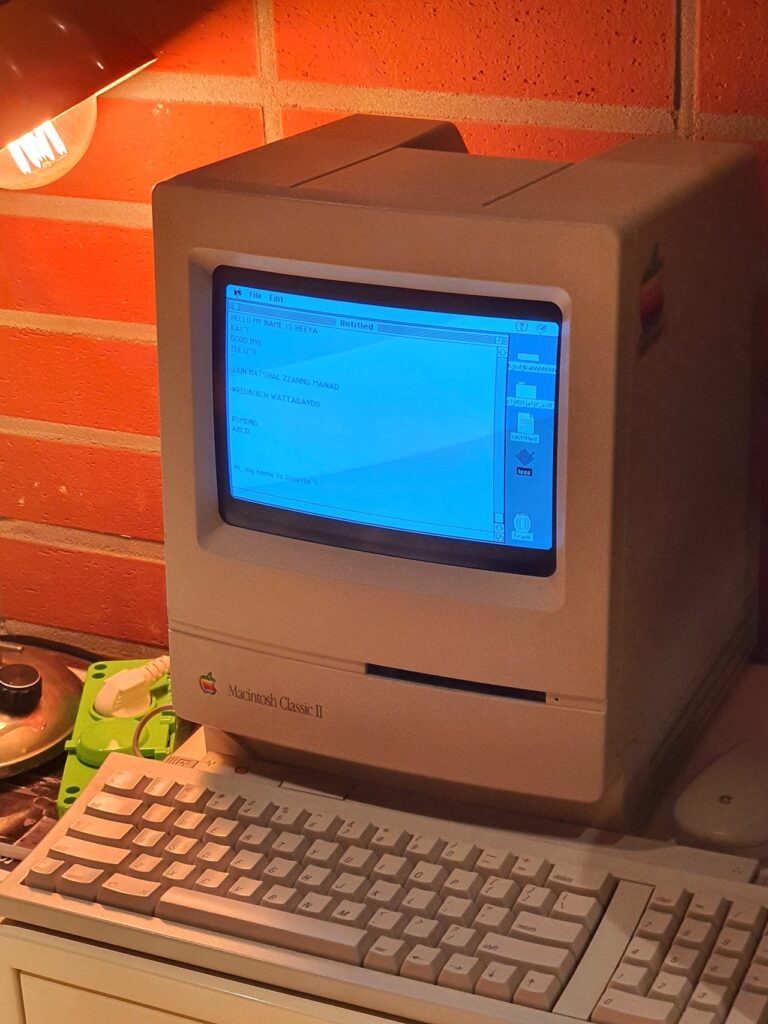
If Legacy Software Has So Many Problems, Why Does It Exist?
Legacy software exists simply because it can. Once a program is downloaded onto a computer, it’ll remain on that computer until someone uninstalls it. Legacy software doesn’t start out as legacy software; it’s just regular software in the beginning. Time may pass by and some people may just fail to realize that the software has become outdated. Lack of updates should be your first indication, a dated looking interface would probably be your next (this should be hard to miss when you’re using other new programs simultaneously on the same system) but for someone whose attention is scattered across various responsibilities, it could be easy to overlook such details. Busy schedules could also mean that they noticed the software is outdated but haven’t had time to consider other options and shop around. In some cases, some people may not care that the software is old. They might be uneducated when it comes to technology and unaware of the security vulnerabilities involved. The other possibilities are they wrongfully assume that hackers have no reason to target them (it’s dangerous to make such assumptions) or that their existing cybersecurity measures should be sufficient. The prevalence of legacy software can easily be a result of human error. On the other hand, if it’s not human error then it probably has to do with cost, comfort or some other factors. There are a number of reasons why organizations still use old software, even if it poses a threat to the entire network:
- Old systems are pricey to get rid of and replace.
- New technology is costly and requires training.
- Switching over to a new system might take time and could pose a risk of data loss when data is being transferred.
- Many companies and employees are comfortable with their current technologies and see no need to upgrade it.
- Old technology works. It does what a company needs it to do. Why change it?
- Business owners and workers have a false sense of security and lack of understanding of the risks that legacy software poses.

Does Free Automatically Mean Good? Problems With Free Software
Many companies and individuals often fall into the trap of downloading free software. Sometimes referred to as “freeware,” free software is the type of open source software that users commonly find on, and download, from the internet. Free software may seem great, at first; there’s no cost and users can start to use it right away but it comes at a price. Freeware can often contain spyware, keyloggers, trojans, and other harmful malware/viruses that can make your system vulnerable. Many free softwares unfortunately lack the proper support from their developers. This means if you have a problem, getting help will be difficult if it’s even possible. There may be underlying liabilities and warranties the user is not aware of. That being said, it doesn’t mean you have to avoid all free software; afterall, many of the things we use online on a daily basis are free. It just means that users must be careful and understand the possible risks and do their research.
Avoiding Free Software Risks
Doing the proper research is the best way to know if the freeware you’re downloading is safe. There are trustworthy free downloads that do exist. That being said, it’s critical to regularly update all software. Updates will fix bugs, keep the software running smoothly, and include more regulation and protection from hackers. For example, you might have different web browsers on your computer, like Google Chrome or Microsoft Edge. Frequently updating these browsers when their respective companies release new versions will help keep your browsing safe. We conduct countless tasks and transactions through web browsers, like logging in to your email and online shopping, so keeping them up to date is essential.



How to Know When It’s Time to Upgrade Your Legacy Software
Keeping your entire technological network updated is one of the most important ways to keep your business operations, data and people, operating securely and efficiently. When in doubt, if you know that your systems and software are outdated, it’s a good idea to upgrade them. Your company may experience some warning signs, that you should consider to be alerts and reminders that it’s time to upgrade.
- Slow performance
- Security flaws/concerns
- Not compatible with new technology
- Implementation date is several years old
- Gaps in communication, manual-entry
- Difficult to integrate with modern tech (shipping, tracking, payment processing, AI, etc.)
- Can’t keep up with current company operations
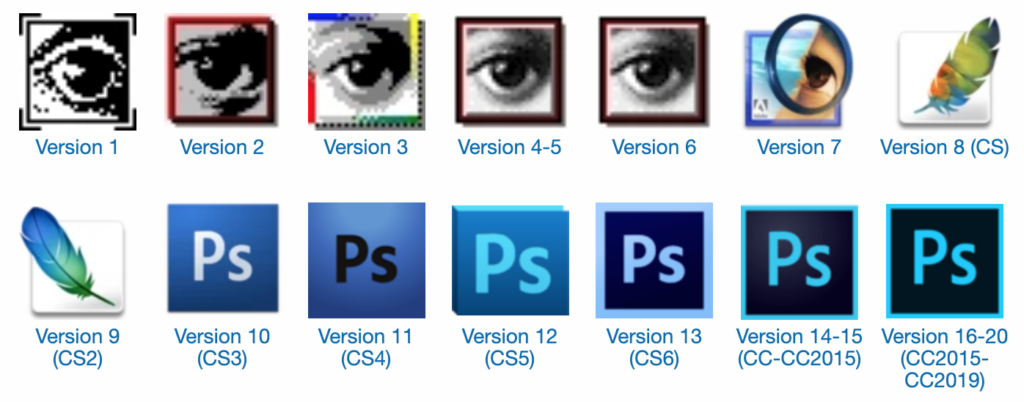
Legacy Software Modernization | Upgrading Those Old Systems
Now we know that antiquated software can hinder business operations and create avoidable security threats. Modernizing your legacy software can help to alleviate these risks and ensure that your organization continues to run smoothly. Legacy software modernization requires strategic planning and evaluation of current technology to develop a good solution that ties into company needs. Some modernization approaches include replacing or migrating legacy systems. Factors like budget, feasibility, and business priorities should be considered in this process.
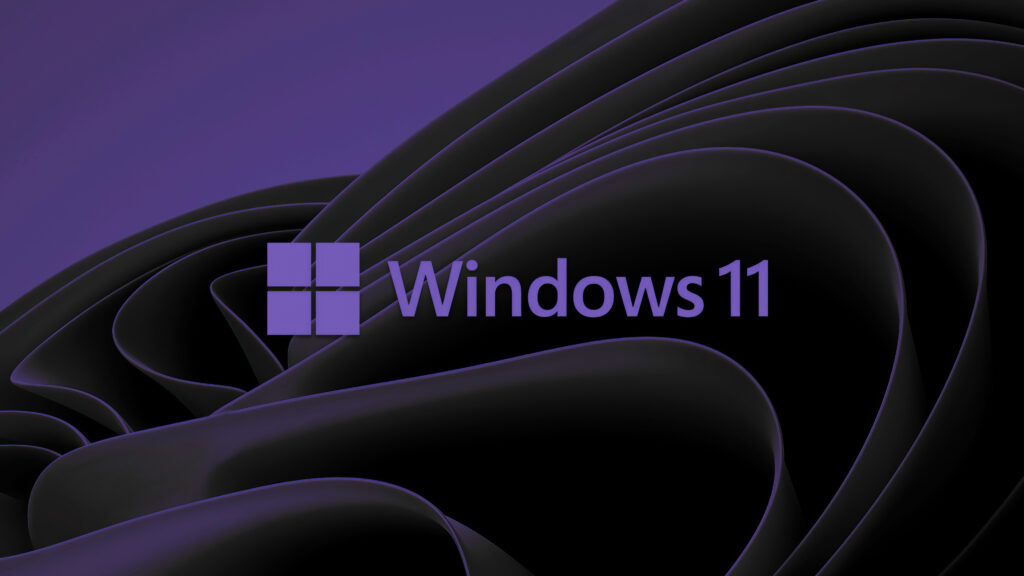



If your organization is looking to modernize, you might choose to do so incrementally or all at once. An incremental approach is slower and allows your organization to grasp onto a new software step by. This will minimize disruption and allow functions to operate smoothly as your business gradually transitions to a new software. While migrating to a new technology, rigorous testing is critical to ensure that all operations continue to run as they should. You don’t want any interruptions just because the new software doesn’t work properly, so testing will make sure this doesn’t happen.





0 Comments